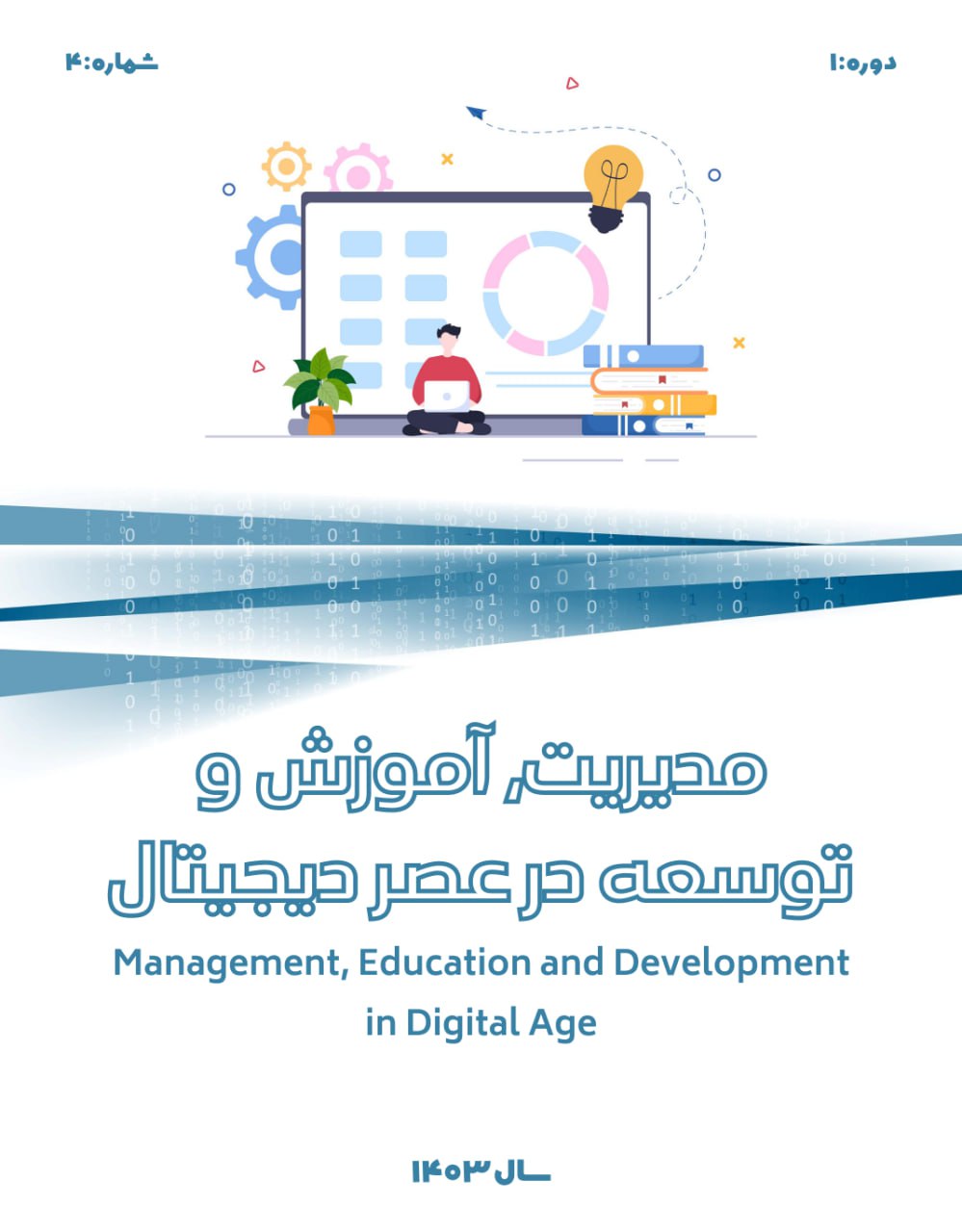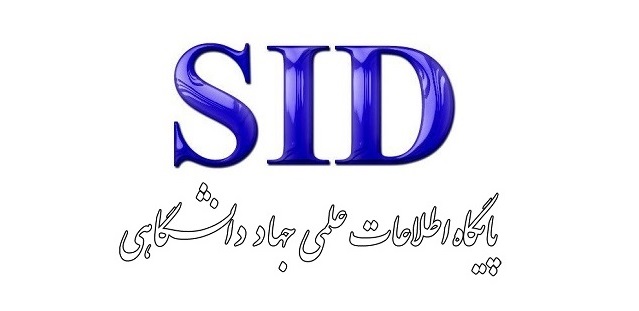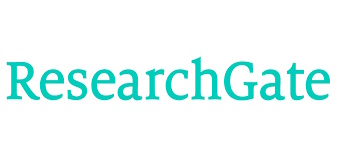تحلیل سناریوهای هوشمندسازی نظام مالیاتی و راهبردهای اجرایی در ایران
کلمات کلیدی:
آیندهپژوهی, نظام مالیاتی, هوشمندسازی, سناریونویسیچکیده
این پژوهش با هدف شناسایی سناریوهای محتمل در مسیر هوشمندسازی نظام مالیاتی ایران و تدوین راهبردهای اجرایی متناسب با آنها انجام شد. مطالعه حاضر کاربردی و از نظر روششناسی توصیفی–پیمایشی است که در دو مرحله کیفی و کمی انجام گرفت. در بخش کیفی با استفاده از مرور نظاممند و فراترکیب مقالات علمی و پژوهشی، ۱۰ مقاله کلیدی انتخاب و تحلیل محتوایی شد. سپس ۲۰ نفر از خبرگان شامل اساتید دانشگاه و مدیران و مسئولان نظام مالیاتی کشور بهصورت هدفمند انتخاب و از طریق مصاحبههای گروه کانونی دادههای تکمیلی جمعآوری گردید. در بخش کمی، تکنیک دلفی برای پالایش و تثبیت عوامل اولیه بهکار گرفته شد و با استفاده از نرمافزارهای آماری و ابزارهای آیندهپژوهی و سناریونویسی، ۵۷ مولفه و ۱۱ شاخص کلیدی نهایی شدند. نتایج نشان داد سناریوهای هوشمندسازی نظام مالیاتی ایران شامل تحول دیجیتال، ارتقای منابع انسانی هوشمند، استفاده از فناوریهای نوین مانند هوش مصنوعی و بلاکچین، ایجاد شفافیت در فرایندهای مالیاتی، بهبود ساختارهای سازمانی و ارتقای زیرساختهای اطلاعاتی است. تحلیل دادهها نشان داد توافق خبرگان بر ۵۷ شاخص منتخب بالا بوده و ضریب توافق کندال در دور دوم دلفی به 0.64 رسید. این سناریوها زمینه افزایش تمکین داوطلبانه، کاهش هزینههای اداری و وصول، ارتقای عدالت مالیاتی، شناسایی دقیق مؤدیان پرریسک و بهبود اعتماد عمومی را فراهم میکنند. پیادهسازی هوشمندسازی نظام مالیاتی با رویکرد مرحلهای و مبتنی بر داده، میتواند موجب تحول اساسی در فرآیند اخذ مالیات، افزایش شفافیت، کاهش فساد اداری و ارتقای بهرهوری سازمان امور مالیاتی شود. این اقدام با تقویت عدالت اجتماعی، افزایش درآمدهای پایدار و کاهش وابستگی به منابع نفتی، نقشی مهم در رشد و ثبات اقتصادی کشور خواهد داشت.
دانلودها
مراجع
Arya, N. (2017). Key Success Factors in the Management of Tax Systems: A Case Study of the Iranian Tax System Tarbiat Modares University, Faculty of Management and Economics]. http://taxjournal.ir/browse.php?a_code=A-10-1487-2&sid=1&slc_lang=fa
Barati, A. (2021). Explaining the Role and Position of the Smart Tax System as an Integrated, Law-Abiding, Authoritative, Data-Driven, and Case-Specific System. 14-15. https://civilica.com/note/690/
Bassey, E., Mulligan, E., & Ojo, A. (2022). A conceptual framework for digital tax administration-A systematic review. Government Information Quarterly, 39(4), 101754. https://doi.org/10.1016/j.giq.2022.101754
Behrouzian, R., Biouk Khorrami, R., Mirhaji, A., & Eslamizadeh, M. (2024). Advantages and Disadvantages of Industrial Smartization and Existing Barriers in the Smartization Process. 13th International Conference on Innovative Technologies in Science, Engineering, and Technology, https://civilica.com/doc/2013959/
Djafri, I., Damawati, I., Suharto, S., Satwika, I., & Rahmatullah, R. (2023). Utilization of Information and Communication Technology in the Tax Administration System to Increase Taxpayer Compliance. Ilomata International Journal of Tax and Accounting, 4, 14-25. https://doi.org/10.52728/ijtc.v4i1.670
Fu, K., Li, Y., Mao, H., & Miao, Z. (2023). Firms' production and , technology strategies: The role of emission asymmetry and , taxes. European Journal of Operational Research, 305(3), 1100-1112. https://doi.org/10.1016/j.ejor.2022.06.024
Ihnatisinova, D. (2021). Digitalization of tax administration communication under the effect of global megatrends of the digital age. SHS Web of Conferences, https://doi.org/10.1051/shsconf/20219202022
Irefe-Esema, J., & Akinmade, B. (2020). Automation and Tax Compliance: Empirical Evidence from Nigeria. American Journal of Theoretical and Applied Business. https://www.researchgate.net/publication/344656712_Automation_and_Tax_Compliance_Empirical_Evidence_from_Nigeria
Janmohammadi, A., Abdolmaleki, H., & Sharifzadeh, M. (2024). Investigation and Identification of Barriers to Integrating the Support System and the Tax System in Iran Based on Refundable Tax Credit. Journal of Public Sector Economics Studies, 45-48. https://pse.razi.ac.ir/article_3021.html?lang=en
Kamyab Teimoori, R., Rostami, E., Almasi, M., & Rouhi, M. (2023). Presenting a Model for a Smart Tax Organization Using the Structural Equation Modeling Approach. Tax Research Journal, 31(57), 69-94. https://taxjournal.ir/browse.php?a_id=2259&slc_lang=en&sid=1&printcase=1&hbnr=1&hmb=1
Khorshidi, S. A. (2024). Pathology of the Tax System: Growing Barriers and Challenges. Third International Congress on Management, Economics, Humanities, and Business Development, https://www.isnac.ir/show-paper/103626
Kianifar, A., Hamidian, M., & Behjati Fard, H. (2023). Smartization of Accounting and Auditing: Challenges and Opportunities. First National Conference on Emerging Research in Accounting, Finance, Management, and Economics with an Approach to Innovation Ecosystem Development, Tehran. https://civilica.com/doc/1922908/
Lang, M., & Risse, R. (2022). Tax law and digitization: how to combine legal tech and tax tech. Kluwer Law International BV. https://law-store.wolterskluwer.com/s/product/tax-law-and-digitalization-how-to-combine-legal-tech-and-tax-tech/01t4R00000Ok3GzQAJ?srsltid=AfmBOooNjHTeLFHfpGFfM506QgZIDpDYlev6ML6AyaGuSRiVgQoBvKBK
Moradi, S., Naderi, N., & Delangizan, S. (2021). Futures Foresight of Iran's Banking Industry with an Emphasis on the Role of Fintech Startups in the 2025 Horizon. Intelligent Business Management Studies, 10(38), 37-67. https://ims.atu.ac.ir/article_13165.html
Moradzadeh, M. (2023). An Analysis of Tax on the Total Income of Individuals in the Iranian Economy. https://es.tesrc.ac.ir/article_709503.html
Prots, I., Petkov, S., Khmyz, M., Koziar, R., Hudyma, V., Yavnyy, O., & Chorniy, B. (2023). Implementation of Digital Technologies in the Tax Sphere: Foreign Experience and Prospects for Ukraine in Combating the Shadow Economy. Path of Science, 9(10), 5029-5037. https://doi.org/10.22178/pos.97-22
Setyowati, M. S., Utami, N. D., Saragih, A. H., & Hendrawan, A. (2020). Blockchain Technology Application for Value-Added Tax Systems. Journal of Open Innovation: Technology, Market, and Complexity, 6(4), 156. https://doi.org/10.3390/joitmc6040156
Shahbazi, A., Avami, A., & Moeini Aqtaee, M. (2021). Presenting an Optimization Model for Determining the Optimal Carbon Emission Tax in the Power Generation System with a Life Cycle Approach. Ninth Iranian Conference on Renewable Energies and Distributed Generation, https://civilica.com/doc/1465044/
Silva Pedro Ivo, d.-N., & Adriana Fumi, C.-M. (2021). Decision-making based on citizens' standpoint: an importance-performance analysis of smart city indicators. Int. J. Management and Decision Making, 20(2), 144-162. https://doi.org/10.1504/IJMDM.2021.114458
Slemroad, J., & Yitzhaki, S. (2002). Tax Avoidance, Evasion, And Administration. The Hebrew University of Jerusalem
Stankeviciusa, E., & Leonas, L. (2015). Hybrid approach model for prevention of tax evasion and fraud. Procedia - Social and Behavioral Sciences, 383-389. https://doi.org/10.1016/j.sbspro.2015.11.555
Sul'zhenko, S. (2022). Ecosystem Approach as A Basis for Increasing the Efficiency OF Tax Administration. Actual directions of scientific researches of the XXI century: theory and practice, 10, 56-67. https://doi.org/10.34220/2308-8877-2022-10-4-56-67
Tambunan, M. R., & Rosdiana, H. (2020). Indonesia tax authority measure on facing the challenge in taxing digital economy. The International Technology Management Review, 9(1), 1-10. https://doi.org/10.2991/itmr.k.200203.001
Zamani Eskandari, E., Mehrbanpour, M. R., & Jahanshad, A. (2020a). Futures Foresight of Educational and Research Drivers in Iran's Tax System - An Economic Approach. Investment Knowledge, 9(36), 371-395. http://www.jik-ifea.ir/article_16821.html?lang=en
Zamani Eskandari, E., Mehrbanpour, M. R., & Jahanshad, A. (2020b). Futures Studies of the Tax System in Iran: A Socio-Cultural Perspective. Bi-quarterly Journal of Government Accounting, 8(1), 97-114. https://gaa.journals.pnu.ac.ir/article_7923.html?lang=en
Zamani Eskandari, E., Mehrbanpour, M. R., & Jahanshad, A. (2021). Futures Studies of the Iranian Tax System: A Science and Information Technology Perspective with a Group Decision-Making Approach. New Research in Mathematics (Forthcoming). https://www.magiran.com/paper/2632283/futures-studies-of-iran-s-tax-system-from-the-perspective-of-science-and-information-technology-with-a-group-decision-making-approach$?lang=en
دانلود
چاپ شده
ارسال
بازنگری
پذیرش
شماره
نوع مقاله
مجوز
حق نشر 2025 Iesa Hashemi Ghandali (Author); Foad Makvandi; Reza Rostaminia, Vahid Chenari, Ezzatollah Kiani (Author)

این پروژه تحت مجوز بین المللی Creative Commons Attribution-NonCommercial 4.0 می باشد.








